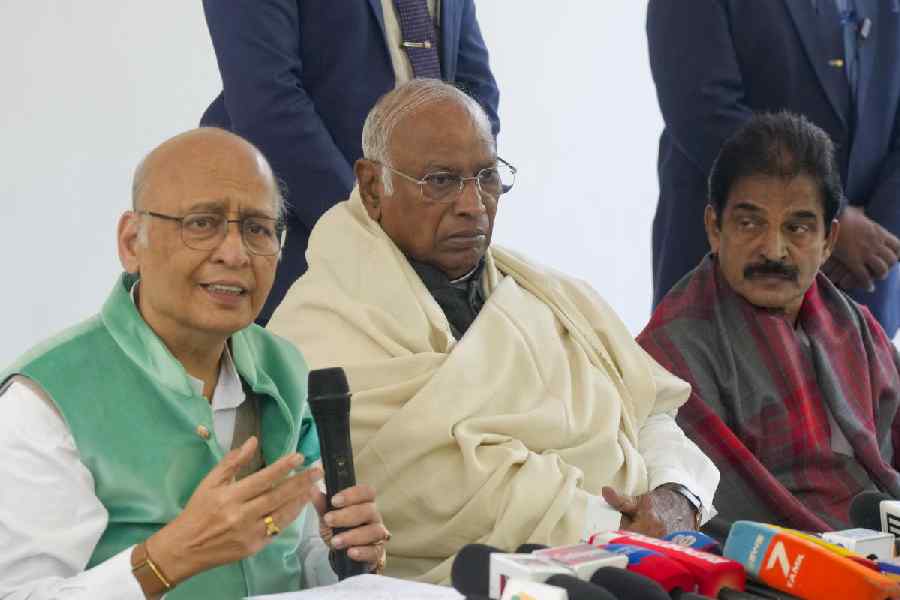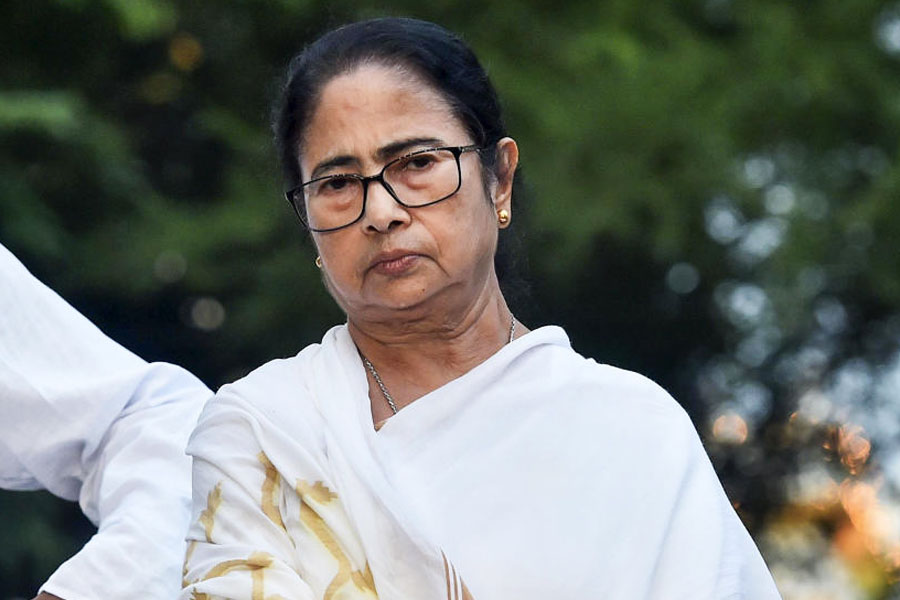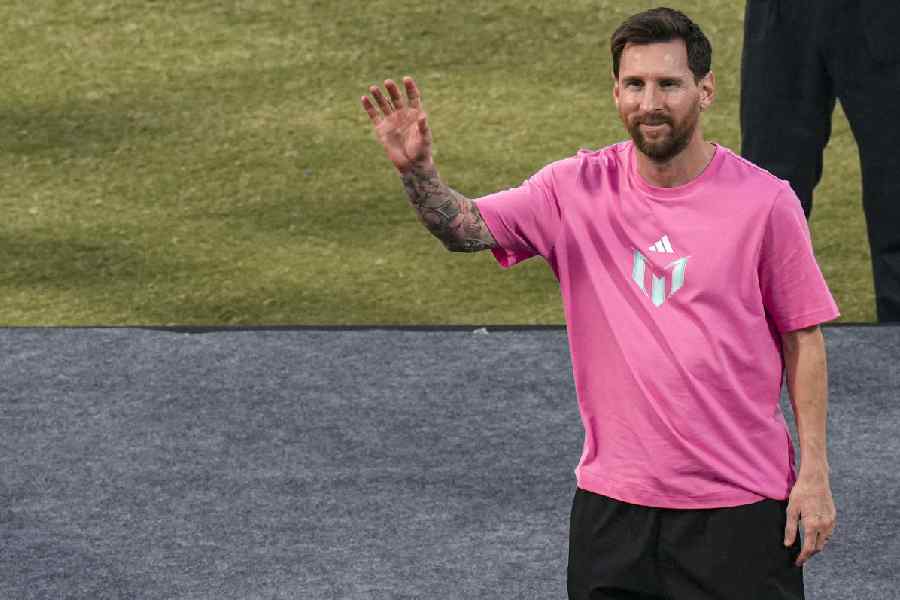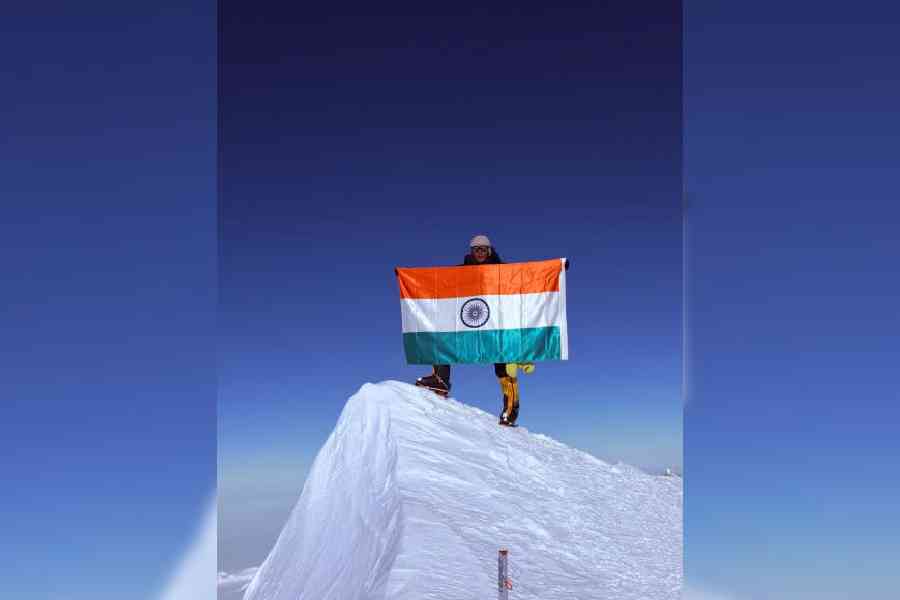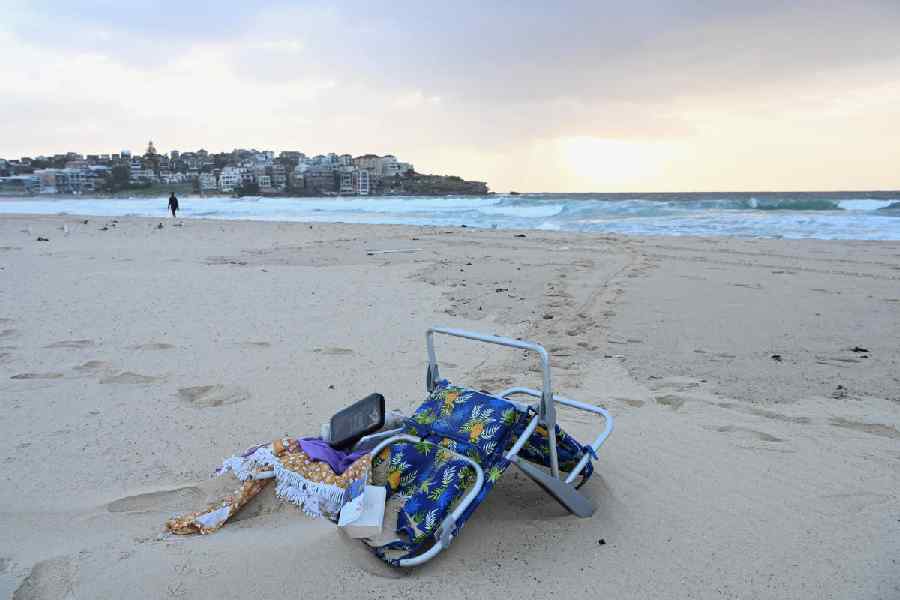 |
| Imaging: M. Iqbal Shaikh |
In his swank new office in South Delhi, Indian Olympic Association (IOA) general secretary Randhir Singh is currently living out hectic 36-hour days. The 2010 Commonwealth Games are barely 20 months away, and there’s work piling up. But that’s not the only thing keeping the veteran sports administrator on his toes these days. “The sob story is finally coming to an end,” he says, in between running frantically from one meeting to another. “Things are falling into place. And now is the time to go for the kill. By 2016, India will be among the top 20 countries in the Olympic standings.”
Even a few years ago, sceptics would have dismissed Singh’s streak of optimism as nothing short of mindless rambling. However, with an eventful sporting year having just gone by, Singh perhaps has a reason to dream big.
As the 2008 Padma Awards were announced last week, India saw no less than five of its sportspersons —including shooter Abhinav Bindra — join achievers from other fields to be decorated with the country’s highest civilian honours. The long list of sportspeople, perhaps, is an indication that 2008 was a rollicking year.
To begin with, Bindra brought the nation its first individual Olympic gold from the Beijing Olympics, while boxer Vijender Singh and wrestler Sushil Kumar picked up bronzes. Saina Nehwal earned herself a spot in the world top 10 badminton rankings. Tennis player Somdev Dev Varman defeated former world champion Carlos Moya, while two professional football players —Sunil Chhetri and Steven Dias — were eyed by professional football teams in the US and UK.
And that’s not mentioning the big guns, such as Viswanathan Anand, who defended his world chess championship title; golfer Jeev Milkha Singh, who finished within the top 10 spots at the US PGA Championship; or even the Men in Blue, who now stand within spitting distance of the top spot in the world Test cricket rankings.
 |
| Saina Nehwal |
 |
| Vijender Singh |
 |
| Sushil Kumar |
 |
| Viswanathan Anand |
The new year has begun on a good note too. Tennis players Mahesh Bhupathi and Sania Mirza excelled this week, and 16-year-old Yuki Bhambri won the junior boys’ singles title at the Australian Opens.
It’s the kind of scoresheet India has never seen. But are these achievements the first indications of the beginning of an unprecedented golden era of Indian sport? The answer —and it comes in from experts — is a resounding “yes”.
Clearly, things haven’t happened overnight. Who, after all, would forget the routine humiliation that Indians faced in the hands of others at any sports meet on a global stage, even a few years ago? So how did it all suddenly change for the better?
“It was money,” argues Anirban Das Blah, top boss at India’s premier sports management firm Globosport. As one of the first to usher in professional sports management in the country, Blah was responsible for channelling money from the private sector into laying the ground for a national sporting culture. “Only the corporate houses could have done it. It would be wrong to expect the government to invest in sports when it had more critical issues to address. The private guys had to step in someday.”
For any sporting body devoted to nurturing talent, monthly expenses behind each athlete — depending on the sport — can range from Rs 1 lakh to Rs 10 lakh. “For a shooter training with imported equipment and ammunition, it could run into crores,” says Blah.
At the Laxmi Mittal-headed Mumbai-based Mittal Champions Trust, one of the first corporate bodies to train and fund potential sport winners, the annual budget hovers around Rs 6 crore. “We have 39 athletes and will be increasing our scope with time,” says administrator Manisha Malhotra. “During years when there’s an Olympic or Commonwealth meet scheduled, the budget can creep up to Rs 8 crore, but that’s the kind of investment required if we are to produce results.”
Considering the huge sums involved, it’s no surprise that despite a few corporate firms sitting up to take notice, many are still reserved about dipping their toes in the sports industry. “It’s a Catch-22 situation, actually,” says Singh. “You can’t produce champions without money, and money doesn’t come unless you have champions to flaunt.”
However, all this was before that elusive Olympic gold medal in Beijing. But now, as more and more corporate houses get over their fears and line up to invest in sports, experts agree that nothing will happen if the government doesn’t get down to acting on its feet, and merges hands with funding agencies. “Three Olympic medals can only create a possibility for an overhaul of Indian sports,” says sports historian Boria Majumdar. “But unless the government, sports administrators, the IOA and the corporate houses come forward to embrace Olympic sport, Beijing 2008 will remain an aberration.”
While sports minister M.S. Gill wasn’t available for comment, a parliamentary document prepared by him bears evidence of a massive cleaning drive. The government has upped financial incentives for successful sportspeople. Former medal winners at international events now have their pensions doubled — Vijender Singh can now look forward to a monthly pay of Rs 10,000 after retirement. The monetary carrot for an Olympic gold is now Rs 50 lakh, up by 66 per cent.
The annual grant amount for indigent athletes now stands at Rs 2 lakh from Rs 36,000. Financial assistance for medical treatment is now up a whopping 500 per cent to Rs 2 lakh.
And that’s not counting other grassroots initiatives, such as clearing all pending sports infrastructure projects. The Maulana Abul Kalam Azad Trophy, handed out to the best sporting university in India, now carries a top prize money of Rs 5 lakh, up 150 per cent — the objective is to encourage talent at the collegiate level. Ladakh is now being promoted as an archery, ice hockey and figure skating hub — a 12-year-old figure skater called Padma Chorol has already bagged herself a Rs 25,000 scholarship under the National Sports Development Fund.
Experts also pin their hope on the National Club Games, set up under the IOA’s patronage. Its inaugural edition is slated to begin in February, and culminate in April next year. “The objective is to allow every club in all the 600-odd districts in India a chance to prove itself on a national stage,” says convener Arvind Malhotra. “It will give the government a great opportunity to scout for undiscovered talent at the grassroots level.”
The government has also released a grant of over Rs 6.5 crore for upgrading all four training centres of the Sports Authority of India, to provide state-of-the-art training facilities.
However, the fact remains that even as these steps are taken, India still has a long way to go to taste the kind of sporting success that countries such as China or the US currently does. In China, for example, experts say that talented athletes are placed under the state training programmes when they are younger than seven or eight.
But the ball has been set rolling, and India can only wait and watch. A happy clutch of medals at the Commonwealth Games may prove that things are on the right track.


